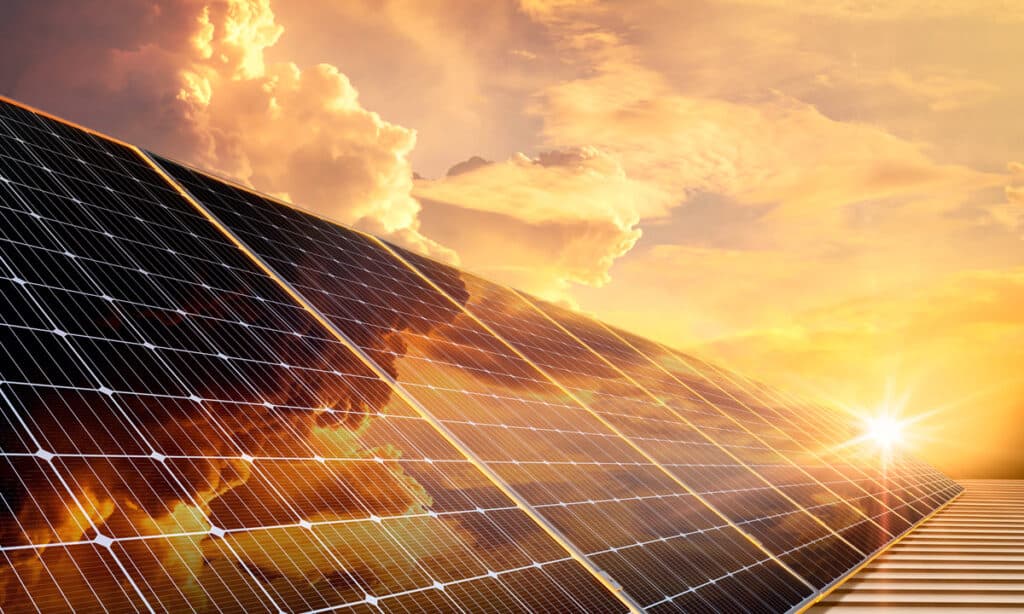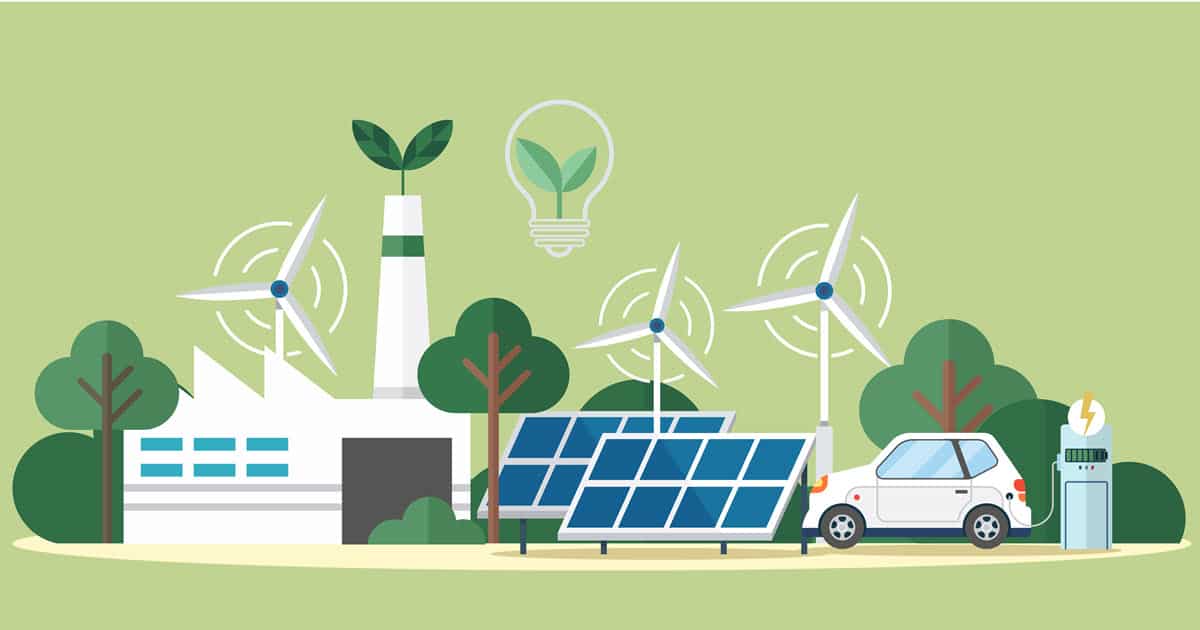As we move towards a more sustainable future, renewable energy sources play an increasingly crucial role in our power generation mix. Among these, solar energy has emerged as a frontrunner, with solar generators becoming a key component in both off-grid and grid-tied applications. This article explores the future of renewable energy and how solar generators are shaping this landscape.
The Shift Towards Renewable Energy
The global energy sector is undergoing a significant transformation, driven by the need to reduce carbon emissions and combat climate change. Renewable energy sources, including solar, wind, and hydroelectric power, are rapidly gaining ground over traditional fossil fuels. This shift is supported by technological advancements, decreasing costs, and supportive government policies.
Solar Energy’s Growing Importance
Solar power has grown remarkably in recent years. According to the International Energy Agency (IEA), solar power is set to lead the surge in renewable energy capacity additions, with total capacity growth worldwide expected to almost triple in the next five years. This rapid expansion is a testament to solar technology’s increasing efficiency and affordability.
Solar Generators: A Key Player in the Renewable Energy Future
Solar generators, once primarily associated with off-grid living and emergency backup power, are now adapting to meet whole-home backup needs and playing a more prominent role in the renewable energy ecosystem. These versatile devices are becoming increasingly popular for both residential and commercial applications.
Evolution of Solar Generators
The evolution of solar generators has been remarkable, with significant improvements in several key areas:
- Increased Efficiency: Modern solar generators are significantly more efficient than their predecessors, capable of converting a higher percentage of sunlight into usable electricity. This increased efficiency means more power output from smaller, more compact units.
- Enhanced Storage Capacity: Advancements in battery technology have led to solar generators with greater storage capacity, allowing for more extended periods of power supply even when the sun isn’t shining. This improvement addresses one of solar energy’s main challenges—its intermittent nature.
- Smart Integration: Many solar generators now have smart features that allow for better energy management and integration with home energy systems. These features enable users to monitor and optimize energy usage, increasing the system’s efficiency.
- Scalability: From portable units for camping to whole-home backup systems, solar generators are now available in a wide range of sizes and capacities. This versatility makes them suitable for various applications, from outdoor adventures to powering entire households.
Challenges and Solutions in High-Renewables Future
As we move towards a high-renewables future, several challenges need to be addressed:
Intermittency and Grid Stability
Solar energy is inherently intermittent, which can pose challenges for grid stability. However, innovative solutions are emerging:
- Advanced Energy Storage: Large-scale battery systems and other storage technologies can help balance supply and demand, storing excess energy during peak production times for use when solar generation is low.
- Smart Grid Technologies: These can help manage the flow of electricity more efficiently, adapting to the variable nature of renewable sources. Smart grids can predict and respond to fluctuations in solar power generation, ensuring a stable electricity supply.
Overproduction and Curtailment
In some regions, solar energy production can exceed demand during peak sunlight hours. This has led to the concept of curtailment, where excess energy is essentially wasted. However, this challenge is being addressed through:
- Energy Storage: Excess energy can be stored for use during non-peak hours, maximizing the utilization of solar power.
- Demand Response Programs: These encourage consumers to shift their energy use to times when renewable energy is abundant, helping to balance supply and demand.
- Grid Interconnection: Improved transmission infrastructure can help distribute excess energy to areas with higher demand, reducing waste and improving overall system efficiency.
The Role of Solar Generators in Future Energy Systems
Solar generators are poised to play a multifaceted role in our future energy systems:
- Decentralized Power Generation: Solar generators enable individuals and communities to generate their own power, reducing reliance on centralized grids. This decentralization can lead to a more resilient and flexible energy system.
- Resilience and Reliability: As extreme weather events become more common, solar generators provide crucial backup power during outages. They offer a reliable source of electricity when traditional grid power is unavailable.
- Off-Grid Solutions: Solar generators offer a sustainable and cost-effective power solution in remote areas or developing regions. They can bring electricity to areas previously without access, improving quality of life and economic opportunities.
- Peak Shaving: Solar generators can help reduce strain on the grid during peak demand periods. Providing supplemental power during these times can help prevent blackouts and lessen the need for expensive peaker plants.
- Microgrids: Solar generators can be critical components in microgrid systems, enhancing local energy independence and resilience. These small-scale grids can operate independently or in conjunction with the primary grid, providing flexibility and reliability.
Environmental Impact of Solar Generators
One of the most significant advantages of solar generators is their positive environmental impact. Unlike traditional fossil fuel-powered generators, solar generators produce clean, renewable energy without direct emissions. This makes them an essential tool in reducing carbon footprints and combating climate change.
Choosing the Right Solar Generator
It’s essential for consumers to understand how to choose the best solar generator for their needs. Factors to consider include power output, battery capacity, portability, and intended use. Whether for home backup, outdoor activities, or off-grid living, a solar generator will likely fit the bill.

Conclusion
The future of renewable energy is bright, with solar power and solar generators playing a pivotal role. As technology advances and costs decrease, we can expect to see even greater integration of solar generators into our energy systems. From providing backup power for individual homes to contributing to grid stability on a larger scale, solar generators are essential to our transition to a sustainable, renewable energy future.
While challenges remain, particularly regarding energy storage and grid integration, ongoing innovations and smart system design are paving the way for a renewables-intensive future. pAs we continue to harness the sun’s power, solar generators will undoubtedly be at the forefront of this energy revolution, helping to create a cleaner, more sustainable world for future generations.

Leave a Reply